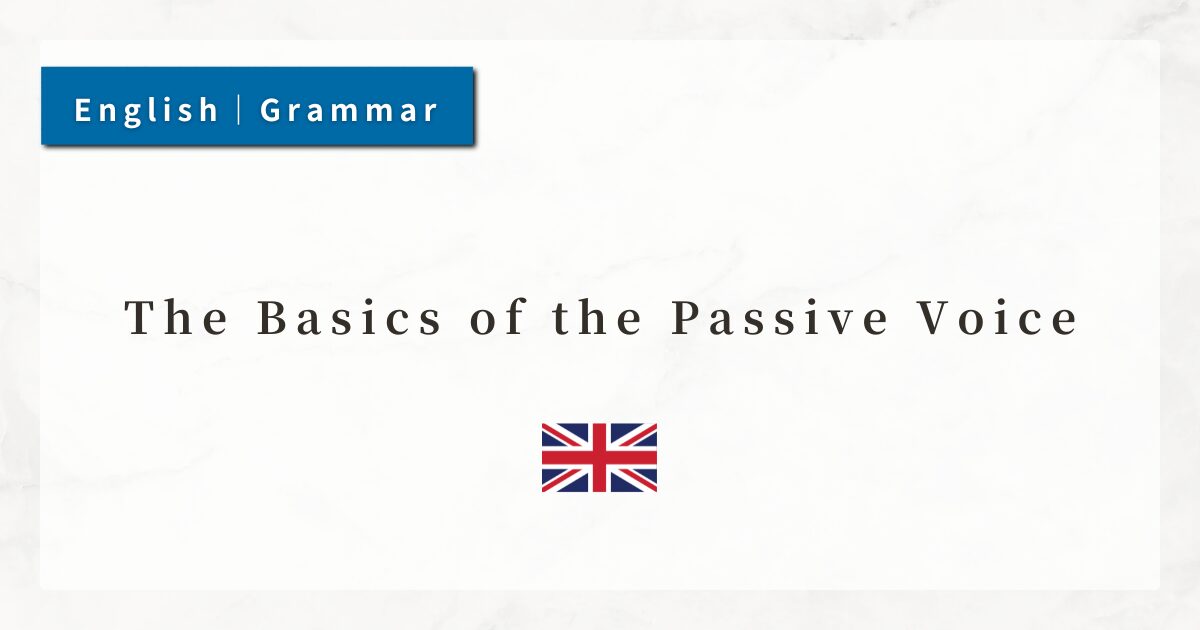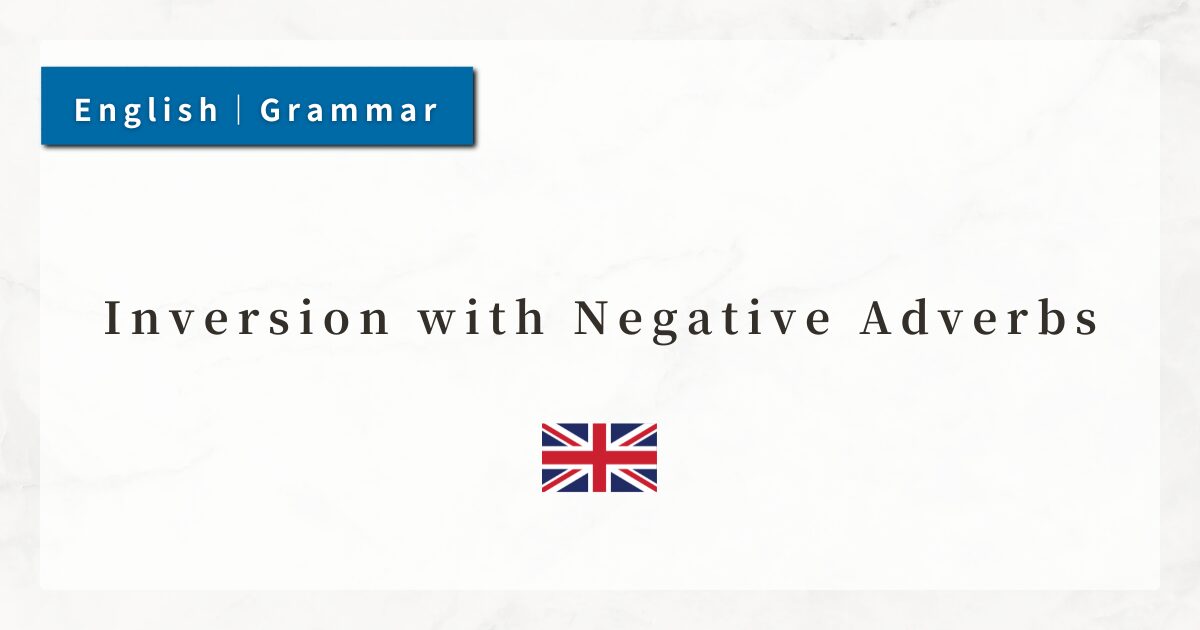#1 English Word Order and the Five Basic Sentence Patterns|Fundamental Rules and Example Sentences

In English, word order is a crucial element that determines the meaning of a sentence. If the word order is incorrect, the intended meaning will not be understood.
In this lesson, I will introduce the five basic sentence patterns in English (SV / SVO / SVC / SVOO / SVOC) and explain how each of them is used with example sentences.
1. Basic Rules of English Word Order
English is a language in which word order plays a critical role. If the order collapses, the meaning of the sentence itself will not be conveyed. In other words, English word order can be seen as the “framework” of a sentence.
The basic word order in English follows this structure: Subject → Verb → Other elements. This is a very strict rule in English, with very few exceptions.
Based on this rule, English sentences are generally categorized into the following five patterns:
| Sentence Pattern | Structure | Example Sentence |
|---|---|---|
| Pattern 1 (SV) | Subject + Verb | She sleeps. |
| Pattern 2 (SVC) | Subject + Verb + Complement | He is a doctor. |
| Pattern 3 (SVO) | Subject + Verb + Object | I play tennis. |
| Pattern 4 (SVOO) | Subject + Verb + Indirect Object + Direct Object | She gave me a gift. |
| Pattern 5 (SVOC) | Subject + Verb + Object + Complement | They call him Tom. |
2. Explanation of Each Sentence Pattern
2-1. Pattern 1 (SV): The Minimal Sentence Structure
Pattern 1 (SV) consists only of a subject (S) and a verb (V). It is used when the verb is intransitive, meaning it does not take an object.
- The baby cried.
- He sleeps.
This is the simplest sentence unit in English. In many cases, an adverbial phrase or prepositional phrase (e.g., in the morning, at the station) is added after the verb to expand the meaning.
2-2. Pattern 2 (SVC): Subject and Complement in an “=” Relationship
Pattern 2 (SVC) has the structure Subject (S) + Verb (V) + Complement (C), where the complement describes the subject’s quality, state, or role.
Common verbs include be, become, and seem.
- He is a teacher.
- The soup smells good.
Complements (C) can be:
- Nouns (e.g., a student, a doctor) to indicate identity or occupation
- Adjectives (e.g., happy, tired, angry) to indicate state or quality
Always keep in mind the relationship: Subject = Complement.
2-3. Pattern 3 (SVO): The Most Common Sentence Pattern
Pattern 3 (SVO) is the most frequently used structure in English. It expresses an action of the subject that affects an object.
- She likes music.
- I read a book.
Here, music and a book are objects (O). The verbs like and read are transitive verbs, which require an object. Without one, the meaning is incomplete.
2-4. Pattern 4 (SVOO): “Giving Something to Someone”
Pattern 4 (SVOO) occurs when a verb takes both an indirect object (a person) and a direct object (a thing).
Typical verbs include give, send, tell, teach.
- She gave me a book.
- He told us a story.
The order is generally person (indirect object) → thing (direct object).
Alternatively, the same meaning can be expressed as “thing + to + person”.
- He sent a message to me.
2-5. Pattern 5 (SVOC): Explaining the State of the Object
Pattern 5 (SVOC) includes both an object (O) and a complement (C), where the complement describes the state or identity of the object.
- We made him angry.
Here, him is the object, and angry is the complement describing his state.
Typical verbs used in this pattern include make, name, call, find, keep, consider.
3. Summary
- In English, word order determines meaning.
- Sentences are categorized into five patterns, which clarify the structure.
- SV: A sentence is complete with only an intransitive verb.
- SVC: The subject is explained by a complement, in an “=” relationship.
- SVO: The most basic pattern using a transitive verb and an object.
- SVOO: A verb that takes both an indirect and direct object, such as “give.”
- SVOC: A structure in which a complement explains the state or identity of the object.




